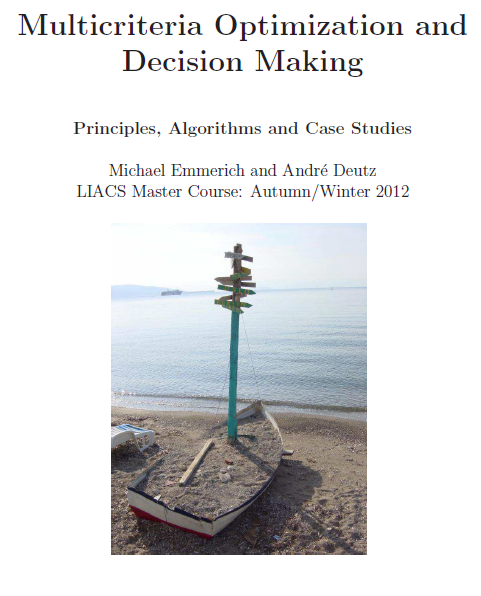BetNet
The evolution of stochastic heterogeneous networks as bet-hedging adaptations to fluctuating environments
Isogenic populations of unicellular organisms often show heterogeneous environmental stress responses (e.g. E. coli, B.subtilis, yeast). This is caused by multistable dynamics of the underlying gene regulatory networks, together with inter-individual stochasticity, and is supposed to be an adaptation to randomly varying environments, so-called bet hedging. Mathematical evolutionary theory predicts that there are quantitative relations between the population phenotype distribution and the frequency, magnitude and predictability of changes in the selection environment. Bet-hedging adaptations, therefore, impose quantitative requirements on the genetic regulation network, besides the qualitative characteristic of multistability.
Our goal is to elucidate the dynamics of gene regulation networks, by using the quantitative demands on the shape of the bet-hedging strategy distribution that are imposed by the selection environment.
As a model system we consider the sporulation development pathway of B.subtilis. We use several, complementary research methods: Multi-generation experiments with fluctuating selection pressures on sporulation timing, combined with environmental cues of varying reliability; Single cell analysis, to identify short-term reactions to environmental change, timing of gene expression, and effects of intrinsic and extrinsic noise on network components; Evolutionary modeling, to derive quantitative predictions on bet-hedging strategies; Network modeling, to study the relation between environmental input, intrinsic and extrinsic noise components, and timing of the sporulation pathway.


